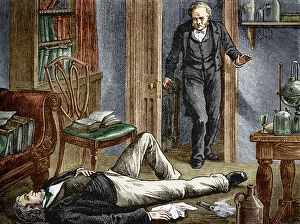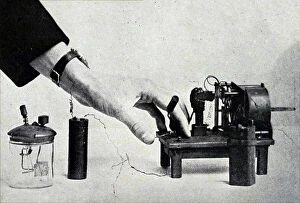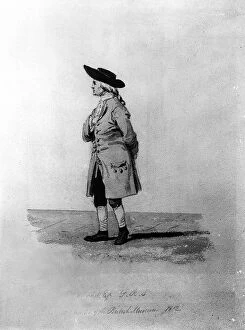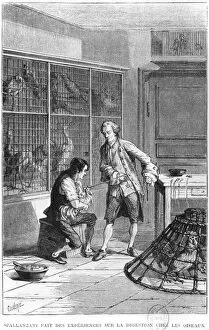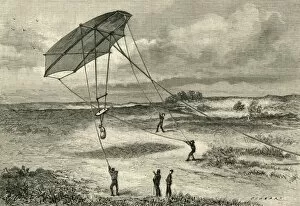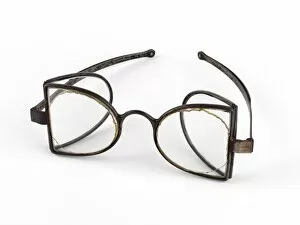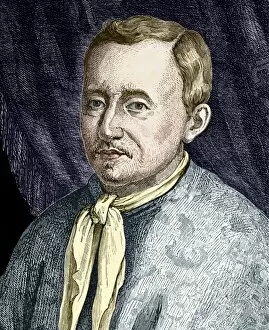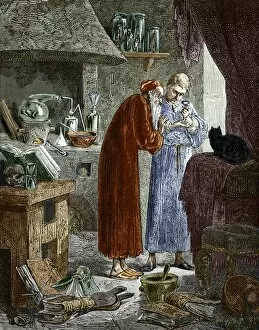Experimenter Collection
In the 1840s, a determined Edward Simpson, with quill in hand and mind ablaze with curiosity, delved into the world of anesthetics
For sale as Licensed Images
Choose your image, Select your licence and Download the media
In the 1840s, a determined Edward Simpson, with quill in hand and mind ablaze with curiosity, delved into the world of anesthetics, joining the ranks of scientific pioneers like Henry Cavendish, F. R. S. (1731-1810), who explored the realms of chemistry with pen, ink, and wash. Simpson's investigations paralleled those of Abbot Lazzaro Spallanzani (1729-99), who unraveled the mysteries of avian digestion. The scientific community buzzed with excitement as Antoine Lavoisier's groundbreaking discoveries in chemistry were brought to life in caricature C015 / 6698. Meanwhile, innovations in safety, such as Faraday's glasses, protected experimenters like Jan Baptiste van Helmont, the Belgian chemist, and his alchemist counterparts from harm's way. Even the skies held wonder, with Maillot's kite offering new perspectives on the natural world.

